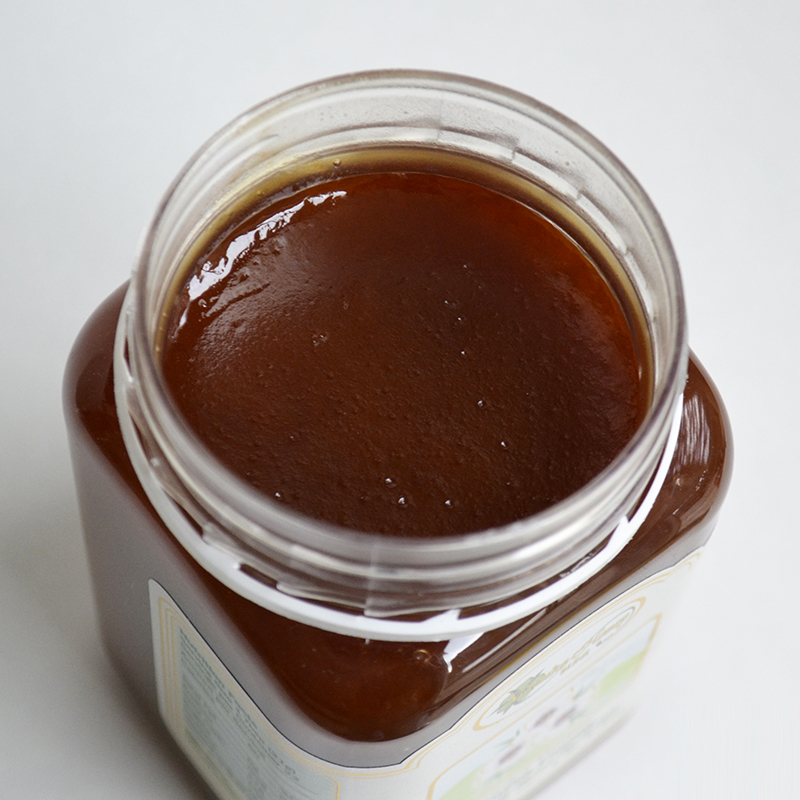Alternative Uses for Manuka Honey
November 03, 2015
A recent article on Jillian Michaels’ website suggests several alternative uses for Manuka honey. To understand why these alternative uses might be effective, it is important to understand the unique properties of Manuka honey.
What is Manuka Honey?
Manuka honey is honey derived from the Manuka flower of New Zealand. Quality control of Manuka honey is overseen by the UMF Honey Association, which performs independent facility audits, product traceability tests, and chemical analysis. The UMF quality trademark appears only on the labels of licensed Manuka honey distributors.
What Makes Manuka Honey Different?
All honey contains hydrogen peroxide. Hydrogen peroxide is well known for its antiseptic qualities. Manuka honey, however, benefits from the presence of a few other compounds which are either entirely absent or found only in very small quantities in other honeys. Two of these compounds are DHA (Dihydroxyacetone) and MGO (Methylglyoxal).
The nectar of the Manuka flower contains high concentrations of the compound DHA. Honey production converts this compound into MGO. MGO contributes to the antibiotic power of Manuka honey. The higher the concentration of MGO in Manuka honey, the stronger the effect.
The UMF Honey Association grades Manuka honey according to its concentration of MGO. A grade of UMF-10 or higher indicates the levels of the compounds that make Manuka honey unique. A grade of UMF-10 or higher is necessary to take advantage of Manuka honey’s alternative uses.
Topical Uses of Manuka Honey
Studies indicate that the antimicrobial properties of Manuka honey UMF-10+ make it effective in fighting infection and promoting healing in minor wounds and leg ulcers. Unlike antibiotics, Manuka honey has not been shown to cause the development of antibiotic-resistant bacteria.
Use the following guidelines to take advantage of high grade Manuka honey.
Step 1.
Thoroughly clean the wounded area.
Step 2.
Apply Manuka honey UMF-10+. If the wound is deep, extra honey may be required.
Step 3.
Cover wounded area with gauze.
Step 4.
Affix bandage.
Step 5.
Wait for wound to “weep.”
Step 6.
Remove bandages and gauze.
Step 7.
Clean wounded area.
Step 8.
Repeat Steps 1-7 as needed.
Oral Uses of Manuka Honey
The unique properties of Manuka honey UMF-10+ have been used by individuals with gingivitis, plaque buildup, and esophagitis. Individuals have also reported taking Manuka Honey for digestive problems. Will it work for you? There is only one way to find out, order some from ManukaHoneyUSA.com!
To get your order started,click here.


.jpg)



